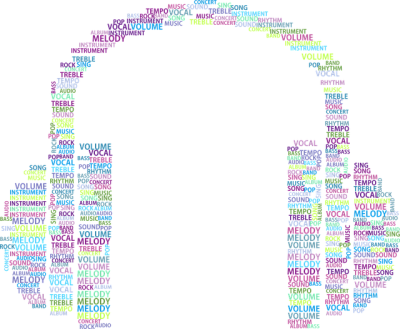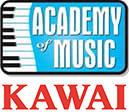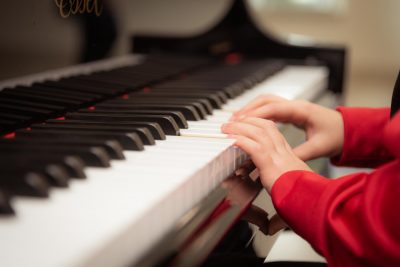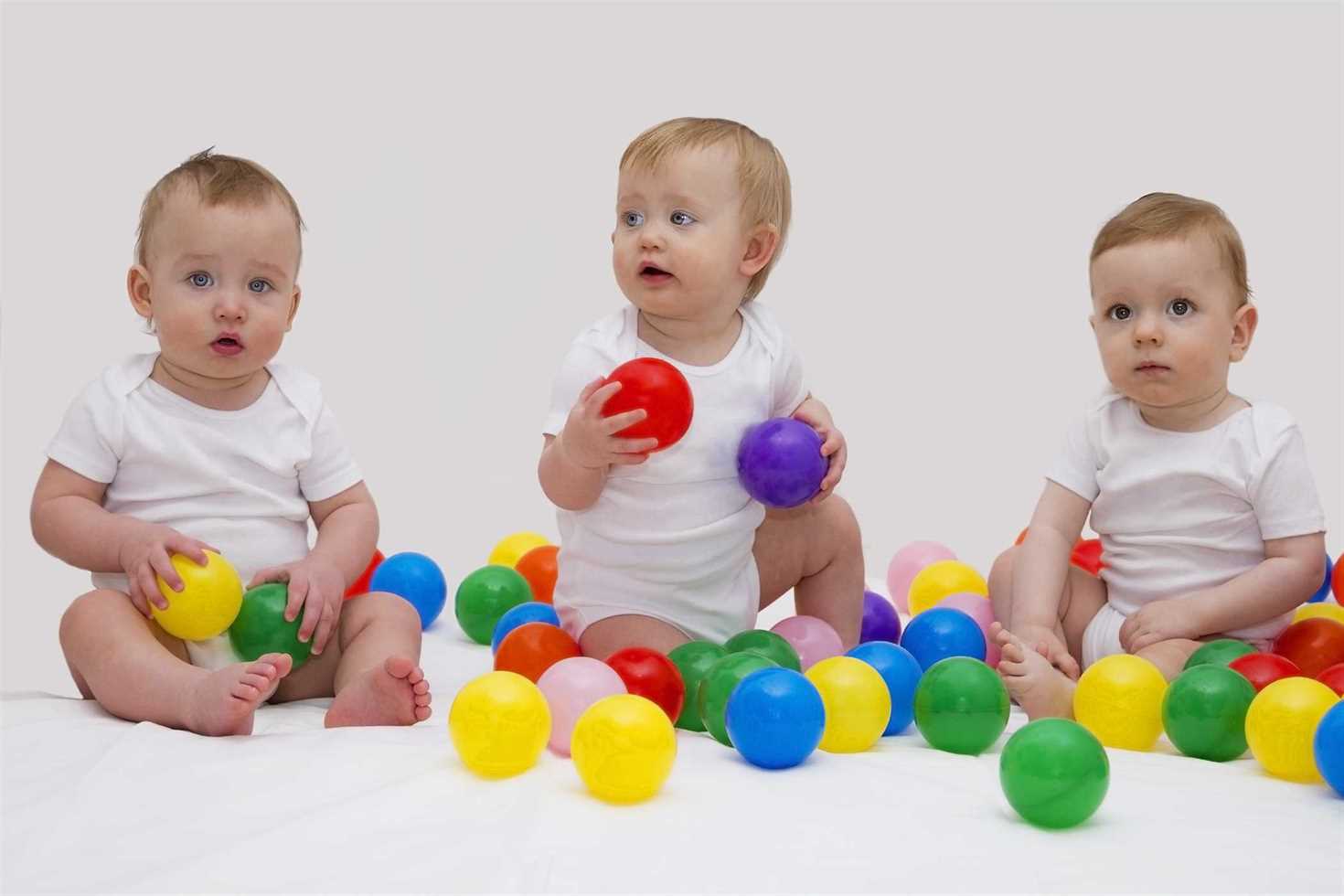Where Does Your Taste In Music Come From?
 Have you ever wondered why people have different tastes in music? Some prefer slower, quieter music, yet some love their music fast and loud. Is it random? Are some of us predestined to like certain chord progressions over others? Does our DNA dictate our preferences between complex rhythms over simplicity? Are we born with a certain musical connection, pushing us towards certain styles of music? (more…)
Have you ever wondered why people have different tastes in music? Some prefer slower, quieter music, yet some love their music fast and loud. Is it random? Are some of us predestined to like certain chord progressions over others? Does our DNA dictate our preferences between complex rhythms over simplicity? Are we born with a certain musical connection, pushing us towards certain styles of music? (more…)



 What do you think of on Valentine’s Day? Your significant other? Cinnamon hearts? Roses that suddenly cost a lot more compared to any other time of the year? At Academy of Music, we’d like to take this opportunity to remember some of the greatest love songs ever written. It was impossible for us to mention all of them, and we could only scrape the surface, but here are our Top 10 Love Songs, to commemorate Valentine’s Day!
What do you think of on Valentine’s Day? Your significant other? Cinnamon hearts? Roses that suddenly cost a lot more compared to any other time of the year? At Academy of Music, we’d like to take this opportunity to remember some of the greatest love songs ever written. It was impossible for us to mention all of them, and we could only scrape the surface, but here are our Top 10 Love Songs, to commemorate Valentine’s Day!  The age-old question of when to start music lessons is a good one!
The age-old question of when to start music lessons is a good one! Happy New Year! Not only is it a new year, but it’s also a new decade! They say hindsight is 20/20, but we need to keep looking forward 🙂
Happy New Year! Not only is it a new year, but it’s also a new decade! They say hindsight is 20/20, but we need to keep looking forward 🙂 Academy of Music offers both
Academy of Music offers both 


